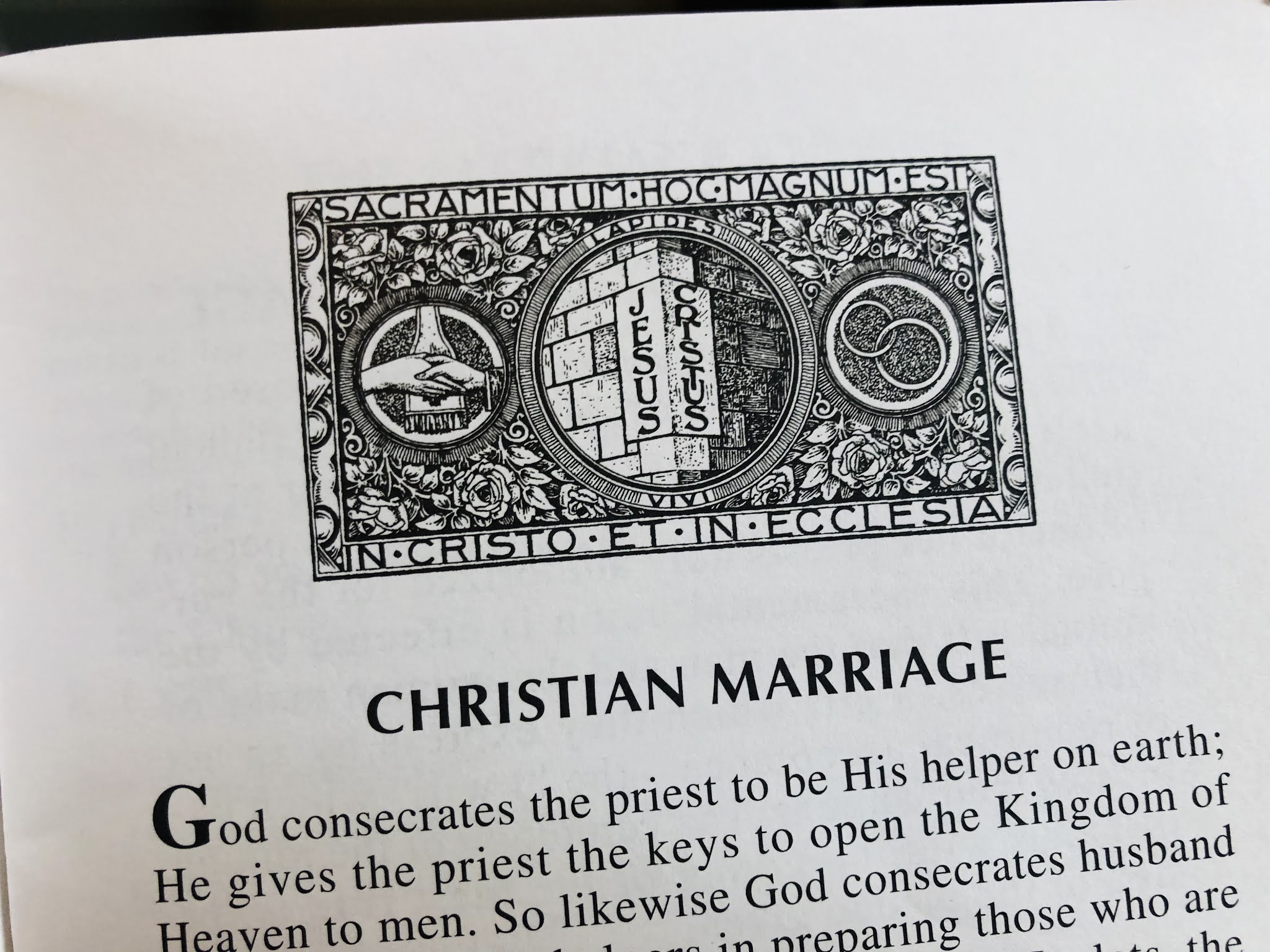
She briefly taught high school mathematics and French at a public school in Boston, Indiana, while her husband completed his undergraduate degree at Earlham. They were married on June 15, 1958, the summer after she graduated from Earlham. While at Earlham, Hamilton met her first husband, James Cox Hamilton, a senior majoring in chemistry. She says these men inspired her to include a minor in philosophy in her studies.

She had other inspirations including her father (a philosopher and poet), and her grandfather (a school headmaster and Quaker minister). She cites Florence Long, the head of the math department at Earlham, as helping with her desire to pursue abstract mathematics and become a mathematics professor.

She studied mathematics at the University of Michigan in 1955 before transferring to Earlham College where her mother was a student she earned a BA in mathematics with a minor in philosophy in 1958. The family later moved to Michigan, where Margaret graduated from Hancock High School in 1954. Search for these copies in the library's main catalog: Elaine Heafield was born August 17, 1936, in Paoli, Indiana, to Kenneth Heafield and Ruth Esther Heafield ( née Partington) she has two younger siblings: David and Kathryn. The Mudd Manuscript Library retains one bound copy of each dissertation. I argue these results are explained by changes in the selection into schooling and the effects of women's education on marriage. By leveraging the timing of compulsory schooling reforms in Bolivia, Colombia, and Peru, I show that while education is a means of empowerment for most women, further schooling is an ineffective tool to increase female autonomy among rural and indigenous populations. In my last chapter, I inspect whether mass education reforms increase women’s autonomy and decision-making––a classic argument among demographers and development scholars. My results demonstrate that highly educated women are less likely to get married in all countries and that marriage propensities favoring hypergamy persist across cohorts, confirming the endurance of gender asymmetrical norms. I show that in two dimensions of union formation-marriage entry and marital selection-status differences between men and women prevail as gender gaps in education are reduced. In the second chapter, I analyze whether increases in women’s schooling reduce gender asymmetries in marriage in Bolivia, Colombia, and Peru. Notably, these transfers did not generate a gender backlash response among treated families––such as pushing women further into unpaid labor––as gender-based theories posited. I find that these payments shifted husbands’ attitudes towards a more equitable division of labor and improved wives’ autonomy. In particular, I analyze Mexico’s Progresa program, which provided cash transfers to low-income women following an experimental design. The first chapter examines conditional cash transfers as a case where women’s economic position is drastically improved via welfare payments. To do so, I focus on two policies driving some of these transformations in the Latin American context––conditional cash transfer programs and educational expansion reforms. This dissertation examines whether, under these contextual conditions, increases in women's status reduce long-standing gender inequalities in families. However, these transformations unfolded amidst the prevalence of cultural norms-including gendered views of the division of labor and hypergamy ideals in marital selection-that are in tension with the reduction of these gender gaps. In the last few decades, Latin American women had dramatically increased their educational attainment and economic position relative to men. When the Tables Turn: Marriage and Gender Inequality in Latin America

Please use this identifier to cite or link to this item: Princeton University Undergraduate Senior Theses, 1924-2021 Princeton University Doctoral Dissertations, 2011-2021 Princeton School of Public and International Affairs Liechtenstein Institute on Self-Determination Lewis-Sigler Institute for Integrative Genomics Department of Slavic Languages and Literatures


 0 kommentar(er)
0 kommentar(er)
